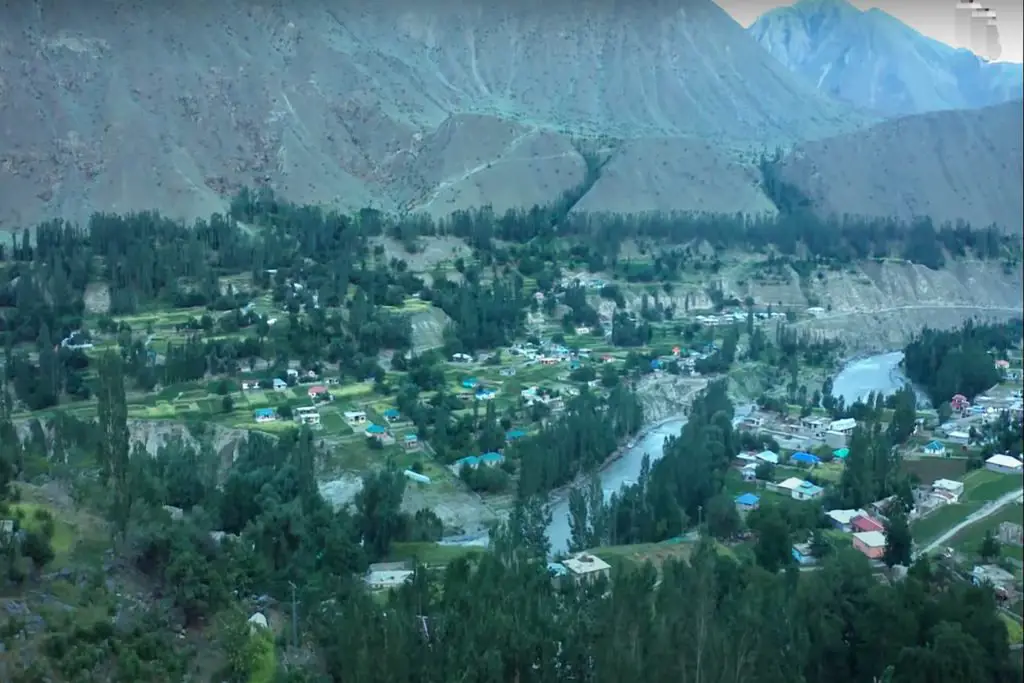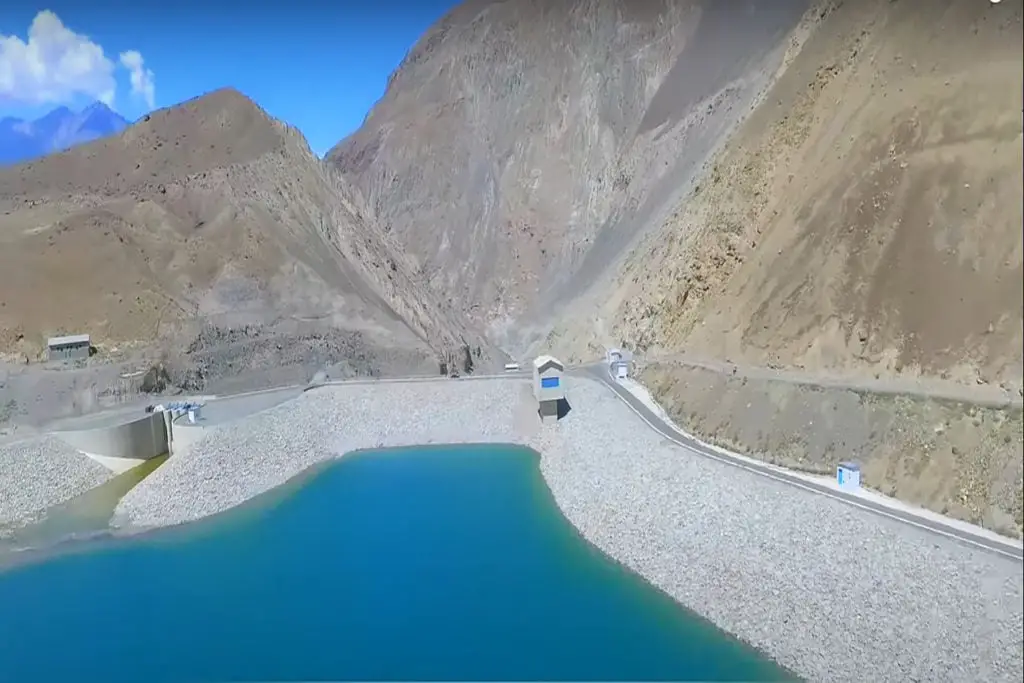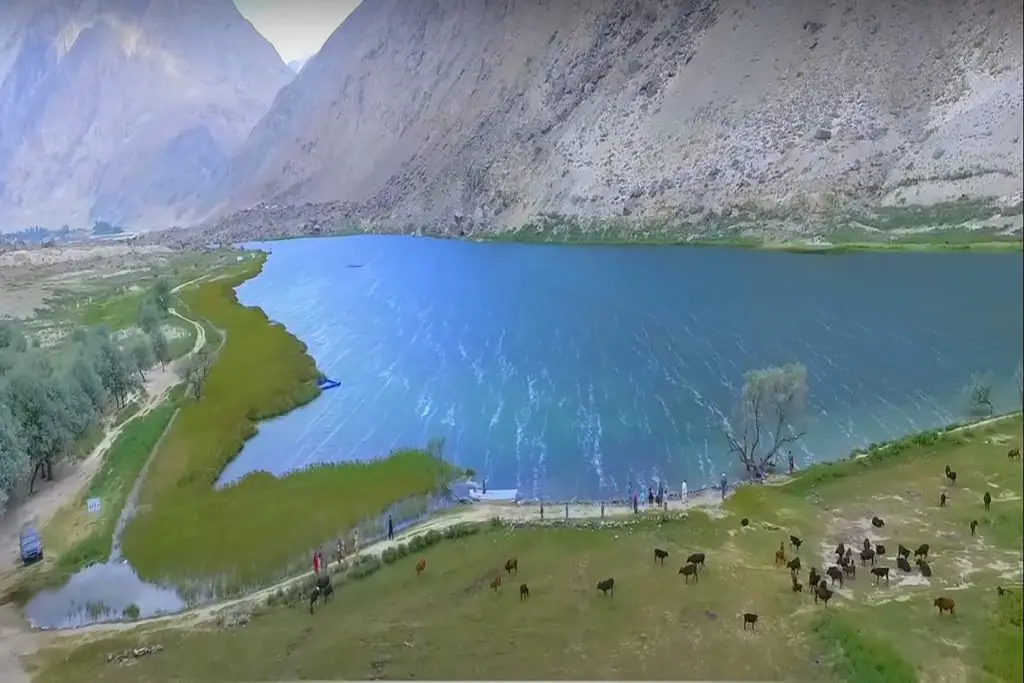China Pakistan Border, also known as the Sino-Pak border, is a complex and strategically significant international boundary that spans over 500 kilometers from the Khunjerab Pass in the north to the Karakoram Pass in the south. It separates the Xinjiang Uygur Region of China from the Gilgit-Baltistan region of Pakistan.
The China-Pakistan border is a boundary that separates the two countries in Asia. The border between China and Pakistan spans approximately 523 kilometers (325 miles) and is located in the northern regions of Pakistan and the western regions of China.
The China-Pakistan border was officially demarcated in the 1960s. Following a series of negotiations and agreements between the two countries. Since then, the two countries have maintained a strong relationship, with China, providing economic and military support to Pakistan, and Pakistan serves as an important ally for China in the region.
One of the most notable features of the China-Pakistan border is the Khunjerab Pass, which is located in the western Karakoram mountains and is the highest paved international border crossing in the world, with an elevation of 4,693 meters (15,397 feet). The pass is an important route for trade and commerce between the two countries and is also a popular destination for tourists and adventure travelers.
Strategic & Economic Importance of China-Pakistan Border
The China-Pakistan border is a significant strategic and economic corridor that connects China to Pakistan and beyond to the Middle East and Europe through the Belt and Road Initiative (BRI). The Karakoram Highway, also known as the Friendship Highway, is the primary transportation link between China and Pakistan, and it runs through the Khunjerab Pass, which is the highest paved international border crossing in the world.
The border area is also home to several important natural resources, including minerals, water, and energy. The region is rich in mineral deposits such as gold, copper, and uranium, and several hydropower projects have been built along the Indus River, which flows along the border.
The China-Pakistan Economic Corridor (CPEC) is a significant infrastructure project that aims to connect China to Pakistan’s deep-water port of Gwadar on the Arabian Sea. The project includes the construction of a network of highways, railways, and pipelines that will connect China to the Arabian Sea, allowing China to bypass the congested Malacca Strait and reducing transportation costs.
In recent years, the China-Pakistan border has become a focus of international attention due to the development of the China-Pakistan Economic Corridor (CPEC), which is a multi-billion-dollar investment program aimed at improving infrastructure and economic development in Pakistan. The CPEC includes the construction of several road and rail links, as well as energy projects, that connect the two countries.
In addition to economic development, the China-Pakistan border is also significant from a strategic perspective. The two countries have been cooperating on security matters, particularly in the areas of counterterrorism and border security. The border area is also of strategic importance due to its proximity to the disputed regions of Kashmir and the Xinjiang Uighur Region in China.
The border between China and Pakistan is 596 kilometers (370 mi) and runs west-east from the tri-border with Afghanistan to the disputed tri-point with India near the Siachen Glacier. It crosses the Karakorum Mountains, one of the highest mountain ranges in the world. Hunza District, Shigar District and Ghanche District in Gilgit-Baltistan Administrative Territory of Pakistan, bordering Taxkorgan Tajik Autonomous Region and Kargilik/Yecheng Region in Kashgar Prefecture, Xinjiang Uyghur Region, China.
History of the China Pakistan Border
The modern border dates back to the period of the British Raj, which then included the territory of present-day Pakistan. In 1899, the British, through their envoy to China, Sir Claude MacDonald, proposed to the Chinese government what became known as the MacDonald Line, but the Chinese never responded to the proposal, so the boundary was never formalized.
In 1961, China and Pakistan agreed in principle to demarcate a common border; negotiations began the following year, with the final Sino-Pakistani Agreement signed in 1963. Both sides made concessions in the treaty, with Pakistan giving China the territory around the Shaksgam Valley known as the Trans-Karakoram Tract. Following the treaty, a series of maps and aerial surveys of the border area were carried out and border pillars were installed.
The Khunjerab Pass is the only modern border crossing between China and Pakistan accessible via the Karakoram Highway. Mintaka and Kilik passes were also used historically; however, these crossings do not have vehicular access and are closed.
Located at an altitude of 4,600 meters above sea level, the border crossing between China and Pakistan, which runs through the Khunjerab Pass and the Karakoram Highway, is the highest and consequently one of the most beautiful borders in the world.
The border between China and Pakistan has also been a site of tension and conflict, particularly in the Indian-administered region of Jammu and Kashmir, which is claimed by both India and Pakistan. China has also been involved in the dispute, with parts of the region also claimed by China. The border region has seen several military skirmishes between India and Pakistan, including the Kargil War in 1999 and the Pulwama incident in 2019.
Despite the occasional tensions and conflicts, the China-Pakistan border remains an important corridor for trade, transportation, and energy between the two countries. It also plays a critical role in China’s Belt and Road Initiative, which seeks to promote economic cooperation and connectivity across Asia and beyond. The border is a testament to the deep and enduring ties between China and Pakistan, and it is likely to remain a significant area of cooperation and collaboration in the years to come.
Can a Pakistani go to China by Road?
Traveling from Pakistan to China via Khunjerab is quite simple. Tickets are available in Sust from Hunza-Xinjiang Transport Co. (recommended) and NATCO as both go to Tashkurgan.
In conclusion, the China-Pakistan border is an important boundary that separates two close friends and allies in Asia. The border is significant from both an economic and strategic perspective and is a key focus for cooperation between the two countries in the coming years.






